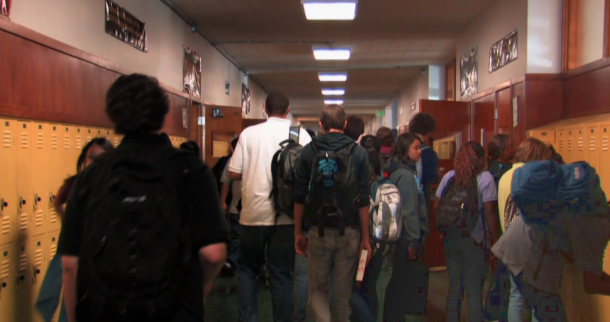I write this blog having just come out of one of the most insightful conversations with a current high school senior. Unfortunately, I do not have the privilege to teach her on a regular basis because she is enrolled in an Advanced Placement English course; I teach College Preparatory English for seniors. In our conversation, the student expressed her frustration about the fact that her friends, most of which are my students in CP English, do not like to read for leisure. This student believes that her friends would be more knowledgeable about issues of social inequality, especially racial inequality, if only they chose to pick up a book to become informed.
Listening to this student express her frustration made me think about the issue at hand: her friends, my students, do not “like” to read. It reminded me of a thought I had over a year ago that I shared in a blog on lacomadre.org. In that blog, I wrote that, as a kid, I found reading “boring,” so I did not read anything that was not school-related material. I now realize that I did not find reading boring, I found it difficult because I was not prepared with basic literacy skills that make reading engaging and mentally stimulating.
I shared my story with the student, and told her that her friends do not “dislike” reading, they simply dislike participating in an activity in which they feel incompetent. Reading and feeling incompetent are two separate things, and everyone dislikes the latter, though they confuse it with the former. More importantly, this student’s friends, like many other students of color in California, are not getting prepared with foundational academic skills that make things like reading and problem-solving engaging. According to The Majority Report, “Latino students continue to face barriers in opportunity that make it harder for them to achieve college, career, and future success. These students: have insufficient access to early childhood education; attend the nation’s most segregated schools; are often tracked away from college-preparatory coursework; are sometimes perceived as less academically capable than their White or Asian peers; and are less likely to feel connected to their school environment.” Currently, there is no district with underserved students in California that performs at a proficient level.
There are multiple barriers that students of color face within the education system, but among the many barriers, I find that a lack of literacy skills is the most damning. The ability to read and comprehend a text extends from the language classrooms into the math and science classrooms. If a students cannot understand a word problem, or the directions on a geometry test, the student will seem to fail science or math when they can in fact be proficient mathematicians or scientists, but cannot understand the content they read. Proficiency begins with understanding directions. We need to increase literacy training among schools and districts that tend to underserved students in order to see an increase in performance across the board. We will then begin to see a change of mindset among staff and students, and the student I spoke with will understand that her friends might actually enjoy reading if the education system did its job and taught us all how to comprehend a text.
Robel Espino
Latest posts by Robel Espino (see all)
- Parte 2, Explorando las Ideas de Jeffrey Duncan-Andrade: La Política y la Economía del Fracaso - December 18, 2019
- Part 2, Exploring Jeffrey Duncan-Andrade’s Ideas:The Politics and Economics of Failure - December 16, 2019
- Explorando Las Ideas de Jeffrey Duncan-Andrade, Parte 1: El Sistema de Educación Urbana, No Está Fallando - December 3, 2019
- Exploring Jeffrey Duncan-Andrade’s Ideas, Part 1: The Urban Education System Is Not Failing - November 26, 2019
- Estudio Sugiere Que las Lecturas en el Aula No Son Muy Efectivas, Pero Mis Alumnos y Yo las Amamos - November 22, 2019

